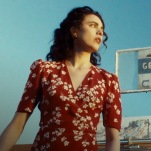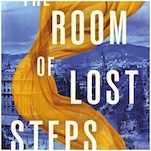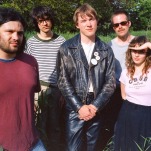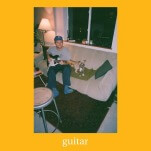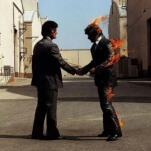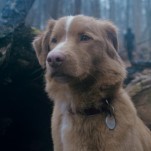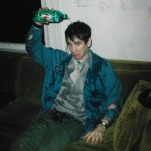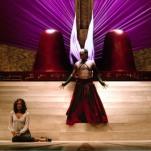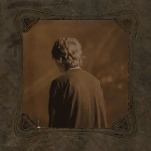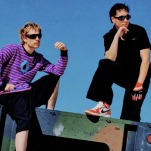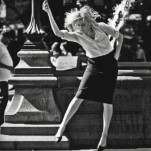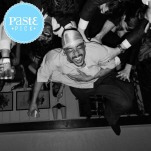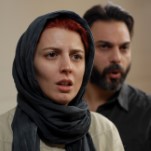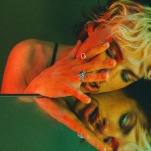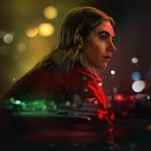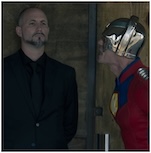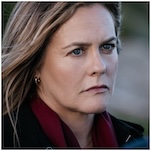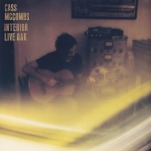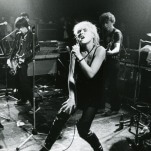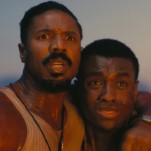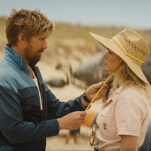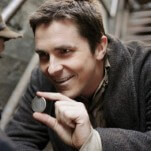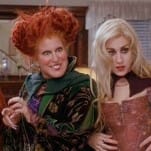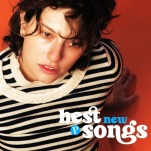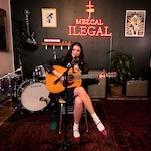Josephine Wiggs: We Fall
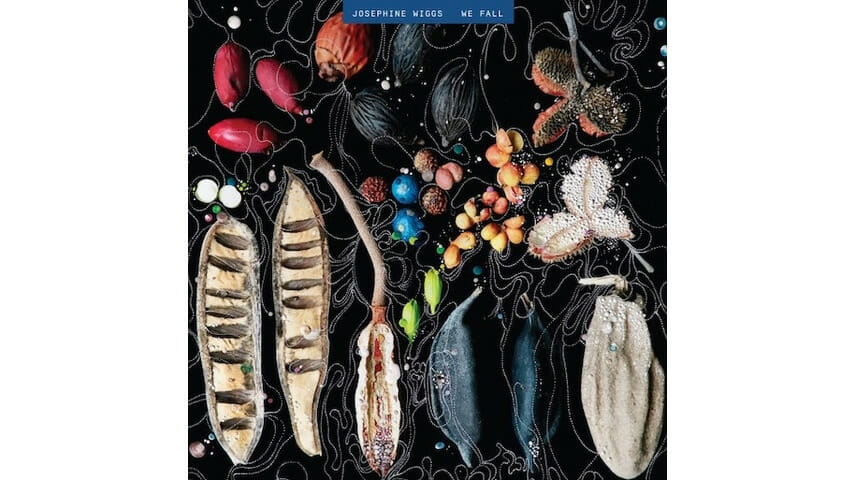
It is perhaps a blessing and a curse that Josephine Wiggs will always be most widely remembered for the iconic sliding bassline that introduces “Cannonball,” the catchy single that made The Breeders alt-rock stars in 1993. Memorable as it is, it overlooks the fact that Wiggshas had a productive and varied career before and after her tenure with the Deal sisters. Along the way, Wiggs has held down the low end for The Perfect Disaster, collaborated with Spacemen 3 drummer Jon Mattock and members of Luscious Jackson and written film scores.
The role of Wiggs’ bass in The Breeders’ spry pop-rock wasn’t exactly understated. In fact, her clanging tone and assertive fretwork stood out among the most prominent features of the band’s luxurious arrangements. As imaginative as her playing was, though, it gave you no real reason to suspect that such a multi-faceted musician was lurking in plain sight between the Deal sisters. We Fall, Wiggs’ first proper solo album, showcases how equally comfortable she is working in the parallel realms of ambient music, minimalist composition, chamber music, post-rock, and lo-fi, electro-organic experimentation.
In 1970, Harold Budd—a composer Wiggs cites as a primary influence on the new album—decided to create music that was, in his own words, “so sweet and pretty and decorative that it would positively upset and revolt the avant-garde.” With We Fall, Wiggs follows Budd’s lead by embracing unabashed beauty in the sounds she creates with piano, cello, acoustic guitar, acoustic and electric basses, Mellotron, the Roland TR-606 drum machine and the occasional use of her own voice. Wiggs certainly embraces melancholy here.uch of the album hovers in a kind of somber cloud, moving along at steady but decidedly downtempo pace. Nevertheless, its sheer sensory appeal shines through like infinite glints of light.
-

-

-

-

-

-

-

-

-

-

-

-

-

-

-

-

-

-

-

-

-

-

-

-

-

-

-

-

-

-

-

-

-

-

-

-

-

-

-

-

